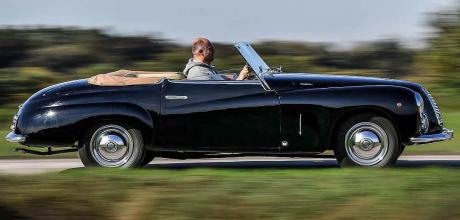1950 Fiat 1100 E Cabriolet ‘Vistotal’ Castagna
This humble 1950 Fiat 1100 was coach-built by Castagna with a radical panoramic windscreen. Massimo Delbo enjoys a new perspective from the driving seat.
Photography Max Serra.
The clear leader
FIAT 1100 VISTOTAL
Revolutionary coachwork lifts an Italian saloon
Italy, 1950. The country was recovering from the Second World War, chasing scarce funds with positive energy and imagination. Though unaware of it, many were building the foundations of what, within ten years, would become the Italian economic boom, propelling the country to new wealth. Yet very few could dream of a car, and even the wealthy couldn’t run to the equivalent of what they drove before the war. Gone were the big eight-cylinder cars, such as the Fiat 2.8 or Lancia Astura; even Alfa Romeo’s 6C 2500 — the only large car resurrected after the conflict — was replaced that year by the much smaller four-cylinder Alfa-Rome 1900.
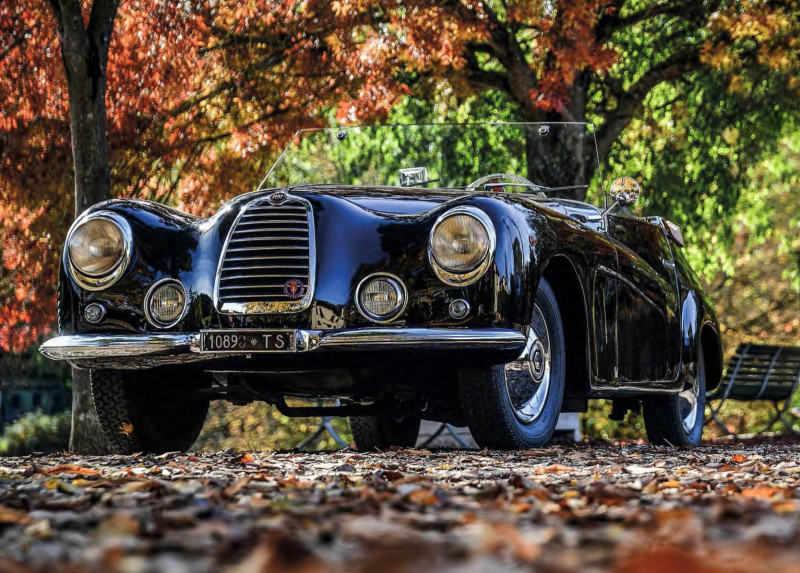
Also in 1950, and over in Turin, Fiat launched its new flagship, the 1400, half the size of its pre-war range-topper. Fiat’s medium car had since 1937 been the 1100, evolved in several series to become the ‘E’ version in 1949. It wore a new face but still sported a separate chassis and the same 1089cc four-cylinder engine, made just slightly more powerful thanks to a new carburettor. Its most important technical novelty was a hydraulic brake system, and its method of construction still lent itself to coachbuilding.
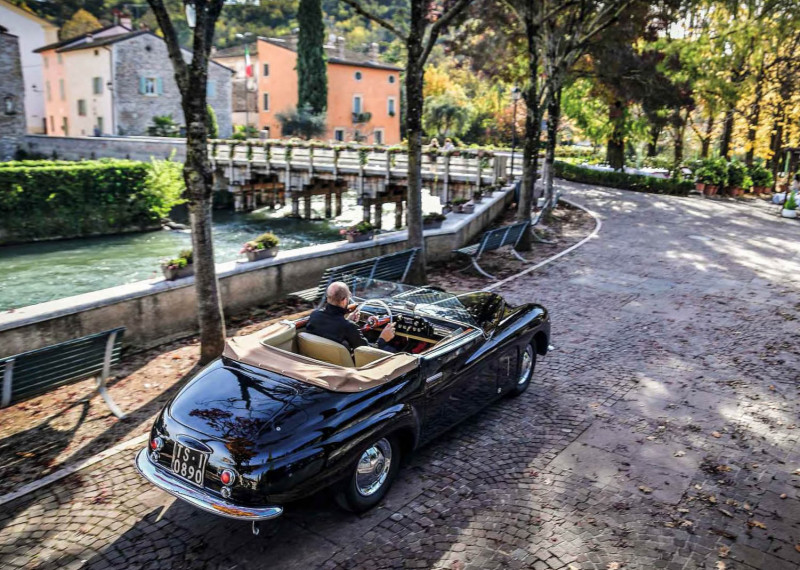
Independent coachbuilders had to reinvent themselves, moving from one-off concepts to a more productive approach, manufacturing special versions such as convertibles or coupes in small series. Some were doing very well indeed, with names such as Pinin Farina and Bertone flourishing; others, including Stabilimenti Farina and Carrozzeria Castagna, found themselves unable to adapt and would soon become a memory. Farina closed in 1953 and Castagna followed in 1954.
Carrozzeria Castagna had its origins in 1849, well before the advent of the car, when Paolo Mainetti opened a carriage shop in Milan. Among Mainetti’s employees were the nine- year-old Carlo Castagna, hired as an apprentice but highly talented, soon dashing up the career ladder to a management position. He was there when Mainetti & Orseniga merged with Carrozzeria Ferrari, and in 1894 bought the company, founding Carrozzeria Carlo Castagna & Co. His company’s carriages were a symbol of luxury and craftsmanship and served a refined clientele, made up of royals and the merely wealthy from all around Europe, including Queen Margherita of Italy and the poet Gabriele d’Annunzio.
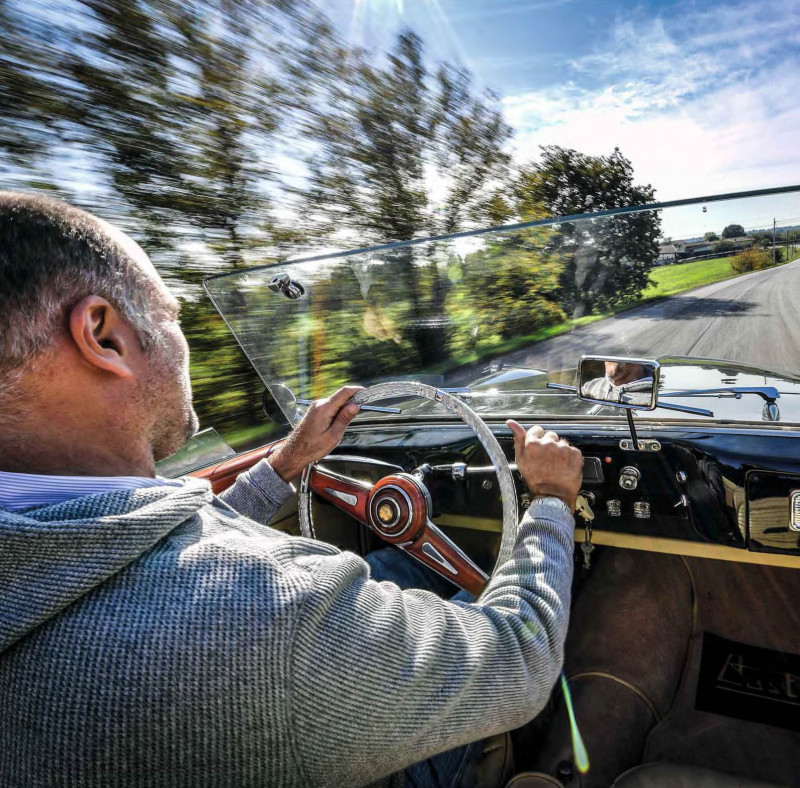
As Milan became the first Italian city to take to the automobile, so car manufacturers and importers began to look to its coachbuilders. From 1914 Castagna contributed heavily to the war effort, growing in the process. In the 1920s and ’30s Carrozzeria Castagna became the first coachbuilder to abandon wood for metal, and management moved to Carlo’s son Ercole. It became established as the choice for the most refined bodies on Isotta Fraschini, Alfa Romeo, Lancia, Mercedes-Benz and Duesenberg chassis. Choosing Castagna meant money was no object: it represented the pinnacle of taste.
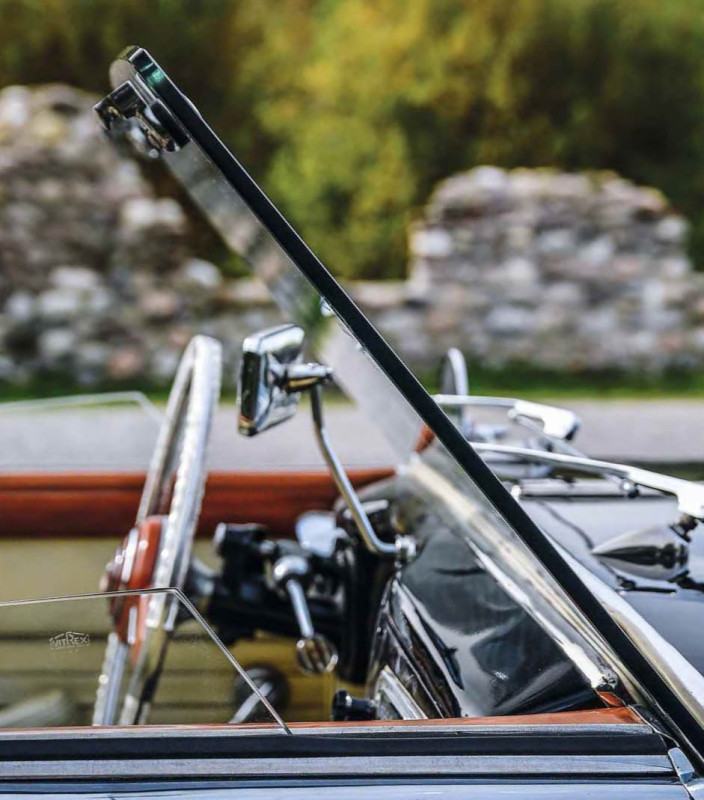
Then came World War Two. Milan was heavily bombed and Castagna lost warehousing, tooling and materials. Nothing was left but the will of Ercole’s sons Carlo, Cipriano and Savino, who resurrected the company and moved it to Venegono Superiore, close to Varese. And this was the moment when the Castagnas launched their final concept. Named ‘Vistotal’ (in Italian, vista means ‘view’), it sported a full-width frameless windscreen, without A-pillars, that seemed to surround the occupants with glass — for a ‘total view’, as the name suggests.
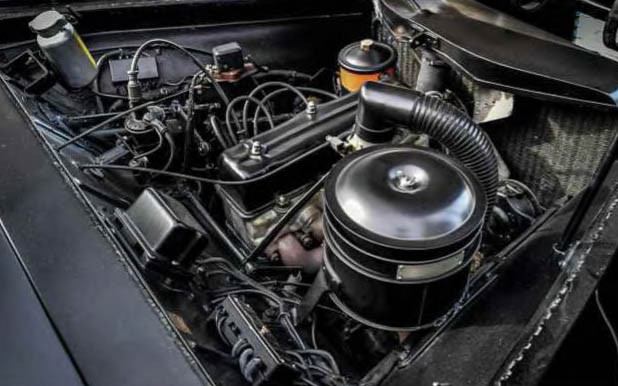
Clockwise, from left This m dest car was rendered chic thanks to a coachbuilt body; no windscreen pillars to obscure the view; humble 1100cc engine.
Today the technology of curved glass manufacturing is commonplace, but everything began with Vistotal. It was a system originally patented in 1936 as ‘Vutotal’ by French coachbuilder Jean-Henri Labourdette, to which Castagna bought the rights in 1937. Later that year it converted a Lancia Aprilia and, after the war, a further five or six chassis from Lancia and Fiat. This 1100 E is the sole survivor of only two or three manufactured with the combination of open body and Vistotal glazing. It has the Carrozzeria Castagna plate with the address of Venegono Inferiore, stamped for 1950, body number 9783.
‘The Fiat’s method of construction lent itself to coachbuilding
The 1100 E on which it was based — chassis 332662, engine 373742 — was sold new in May 1950 to Rinaldo Cremascoli, a resident of Trieste, then still a disputed area between Italy and Yugoslavia. Little is known of Cremascoli and how he was made aware of this special car, although he did own the local Moto Guzzi dealership with his brother.
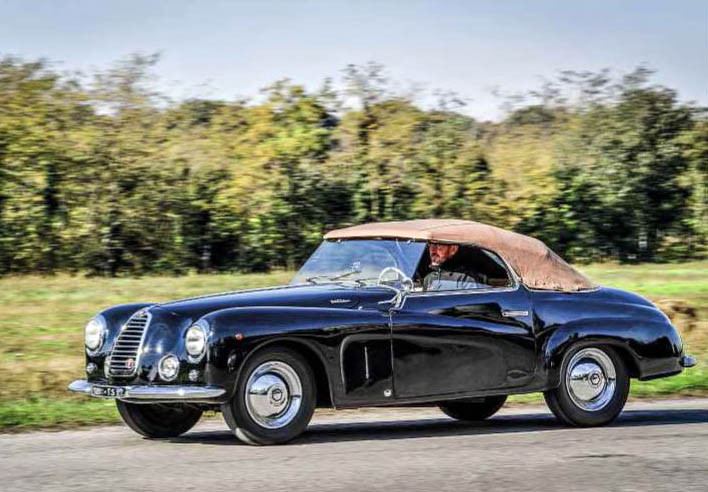
In June 1972 Cremascoli’s widow sold the car to its second registered owner, the 28-year- old Elvio Loy de Leichenfeld, another resident of Trieste. Says his wife, Maria Grazia Verzegnassi: ‘My late husband — he passed in 2017 — always loved cars, and we always had special cars. Elvio was a lieutenant of the Lagunari [Italy’s equivalent of the Marines] and the son of a retired Colonel of the Alpine troops. He always loved the little 1100 and we used it for about five years around Trieste, for special occasions, and we kept it at its best. I remember the car in a sort of dark olive green with a wooden steering wheel, and that the buyer introduced himself as one of the Castagna family, wanting to buy back the car.
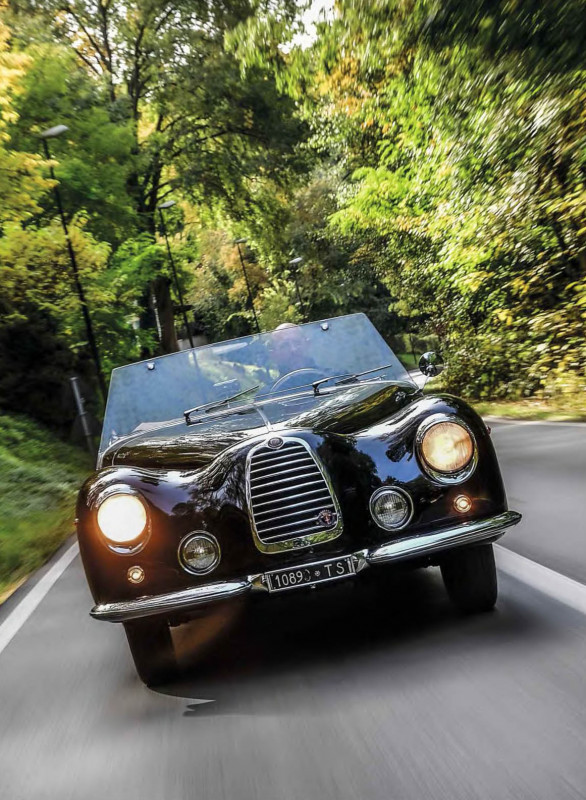
I’ve no idea how he’d known where the car was.’
Maria Grazia is right, as the third registered owner was Ercole Castagna himself. It was during his ownership that the car was completely restored, painted black and fitted with side indicators. Castagna kept it until 1986, showing it occasionally before selling it to a Gabriela Caracristi. From then on, the ownership situation is less clear as Ms Caracristi, not known in the classic car world and possibly the wife or relative of a collector, deleted the car from the official register.
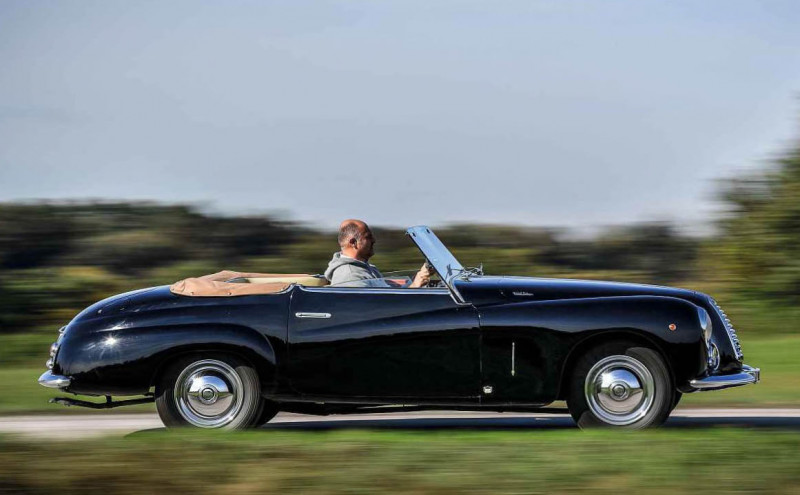
‘My father Luciano bought the car from Teodoro Somasca, a family friend and renowned collector,’ says Silvia Nicolis, President of Museo Nicolis in Villafranca di Verona, its current owner. ‘That was in the early 2000s. When he bought the car it was as it is now, black with a translucent steering wheel and the added blinkers. We did some work on the interior, replacing the front carpet, but it needed little more.’
The pale green leather trim appears to be original, and would match a darker green exterior. The translucent steering wheel is spectacular, a touch typical of Castagna and usually reserved for much bigger and more important cars. It is difficult to say whether it was fitted originally or not, as Maria Grazia Verzegnassi remembers a wooden one and period pictures are inconclusive. Even if it wasn’t original, it is easy to believe that it was a sympathetic addition made by Ercole Castagna during his ownership.
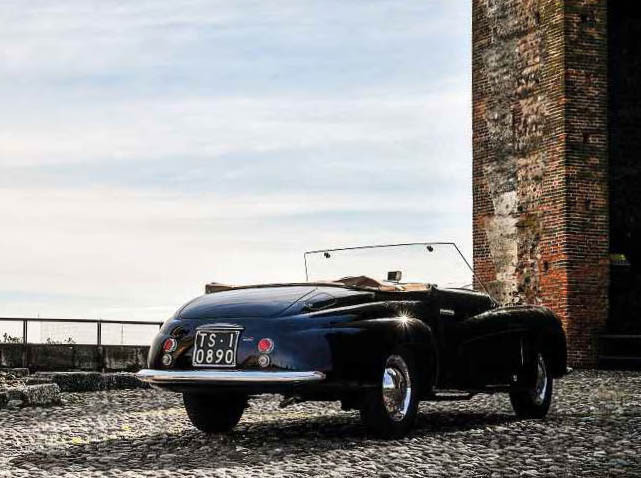
Now I’m sitting behind that wheel, ready to take off for my test drive: it looks and feels beautiful and is entirely appropriate, given the Vistotal bodywork. In sunlight it seems that the car has no glazing at all. There are no windscreen pillars framing — or limiting — your view, and you look out onto the world from an entirely different perspective. Of course, you soon discover that the car is very much an 1100 E in terms of sound and performance, and that the beauty of driving it has more to do with its lightness — the body is in alloy — than its performance. It takes a little time to get used to the driving position, with distant pedals and a close steering wheel. The gearbox is synchronised yet double-declutching is a useful skill, allowing for a more fluid passage through the gears. Acceleration is leisurely but, once you’re in fourth gear, the 1100 E is capable of cruising at its modest maximum speed without apparent effort.
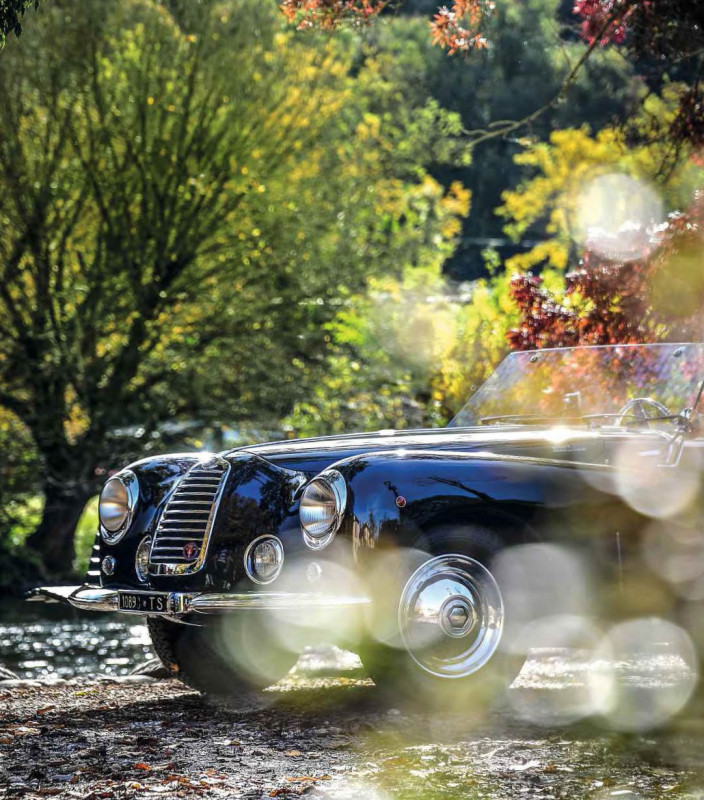
All too soon it’s time to return the car to Silvia and see it into its space in the museum. I would love to keep the steering wheel and, once I’m back behind the wheel of my own car, I immediately miss the scenic view offered by Vistotal. Castagna made an amazing little car, but it was not enough to keep the company trading. His desire for perfection, which had been possible with the big pre-war one-offs, made the cost of assembling the small 1100 E prohibitive. And that is sad, because it would have been a fantastic opportunity for both Castagna and for the development of a system that would eventually arrive on the market, at least in concept, only several decades later.
THANKS TO Museo Nicolis, museonicolis.com.
TECHNICAL DATA 1950 Fiat 1100 E Cabriolet ‘Vistotal’ Castagna
- Engine 1089cc OHV four-cylinder, Zenith 32 VIMS carburettor
- Max Power 35bhp @ 4400rpm
- Max Torque 46lb ft @ 2800rpm
- Transmission Four-speed manual, rear-wheel drive
- Steering Worm and sector
- Suspension Front: transverse arms, coil springs, hydraulic dampers. Rear: live axle, leaf springs, telescopic dampers
- Brakes All Drums
- Weight 850kg
- Top speed 68mph
It seems that the ear has no glazing at all. There are no pillars limiting your view
Clockwise, from top left Art Deco-style instruments are appropriately stylish; storage in place of rear seats; at a gentle cruise on the open road; the all-important ‘Vistotal Castagna’ badge; translucent gearknob and switchgear match the steering wheel rim.
Below and right The view through the Vistotal screen is made all the more special thanks to a translucent steering wheel rim; even with the roof up, it’s an attractive car.


